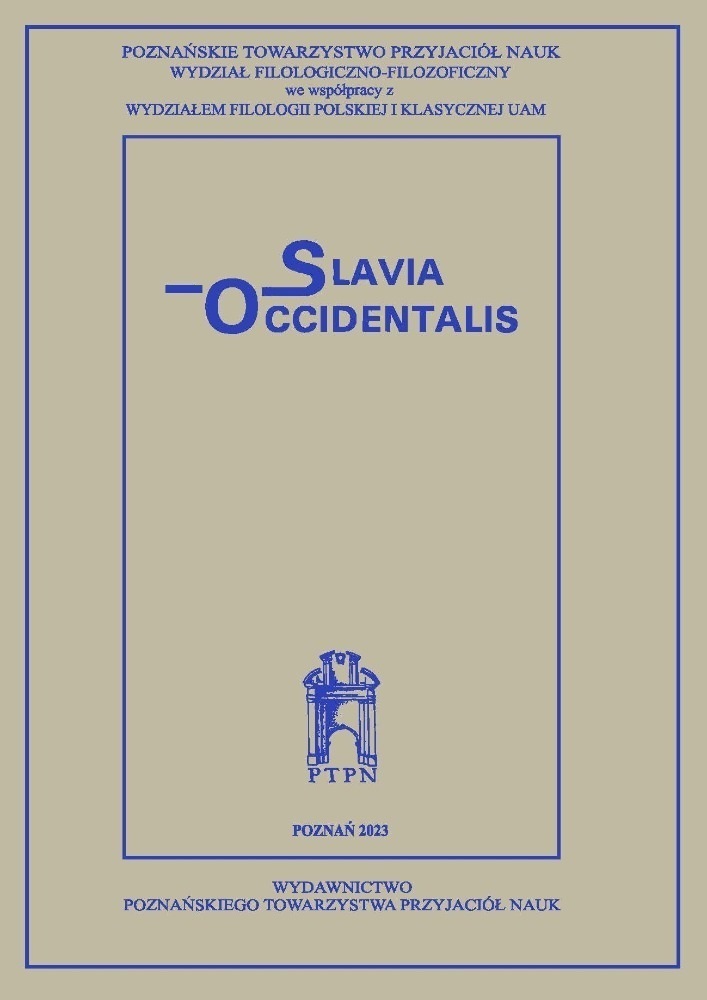Abstract
The article presents various semantic levels of the film of Lech Majewski entitled Angelus (2001). The author concentrates mainly on the history of Upper Silesia in the period between 1930–1950, the history of the occult commune and the painting society, the so-called “Janów Group”, as well as the relation sacred-profane, expressed by the references to the history of the Rosicrucian Order. Another context discussed in the article is the intersemioticism of the film (especially the relations between painting and film). The interpretation of the film takes into account the basic context that is the artistic activity of Lech Majewski.References
Alchemik. Z Lechem Majewskim rozmawia Magdalena Lebecka, „Film & TV Kamera“ 2007, nr 2.
Bugaj R., Hermetyzm, Wrocław 1991.
Hauschild M., Młodzieńca z Nikiszowca gadka o przeczystych miłośnikach Saturna („Angelus” Lecha Majewskiego), [w:] „Studia Filmoznawcze”, tom 27. Film w ogrodzie sztuk, red. S. Bobowski, Wrocław 2006.
Romanowska D., Bez kompromisu. Wywiad z Lechem Majewskim, źródło: www.onet.pl
Szejnert M., Czarny ogród, Kraków 2007.
Szlachetna prostota. Z Adamem Sikorą rozmawia Magdalena Lebecka, „Film & TV Kamera” 2002, nr 1.)
Szukam rajów. Wywiad Jerzego Wójcika z Lechem Majewskim, „Rzeczpospolita” 2004, nr 59.
Ślązak A., Cherubowy Wędrowiec, przeł. M. Brykczyński i J. Prokopiuk, Mikołów 2000.
Wisłocki S. A., Janowscy „kapłani wiedzy tajemnej”. Okultyści, wizjonerzy i mistrzowie małej ojczyzny, Katowice 2007.
Wisłocki S. A., Mit, magia, manipulacja i orbis interior. Śląska sztuka nieelitarna, Katowice 2004.
License
Copyright
© 2011 Poznańskie Towarzystwo Przyjaciół Nauk Wydział Filologiczno-Filozoficzny in cooperation with the
Wydziałem Filologii Polskiej i Klasycznej Uniwersytetu im. Adama Mickiewicza w Poznaniu
OPEN ACCESS
